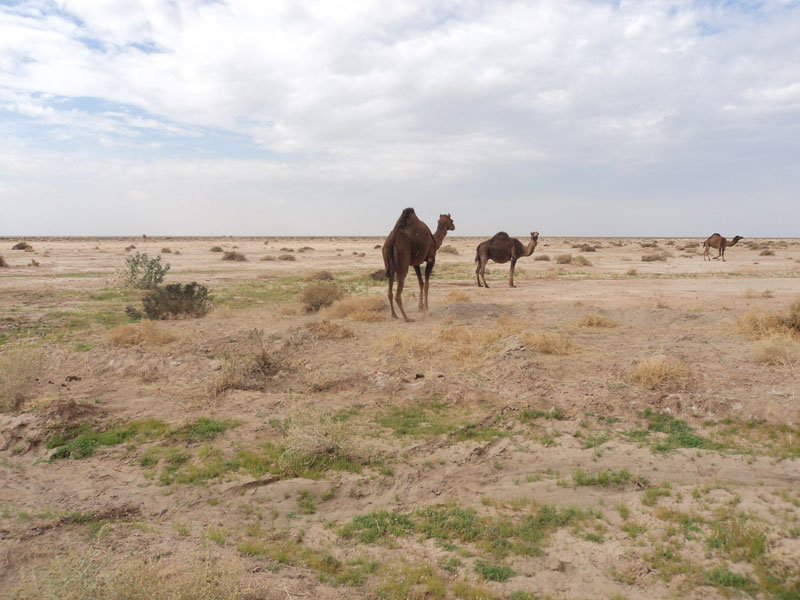The imperiled Jazmourian Wetland in Kerman Province is responsible for 25% of all the particulate matter in dust storms that originate in Iran, according to Massoumeh Ebtekar, the head of the Department of Environment
Ebtekar, who was in Kerman on Tuesday, wrote on her official channel on the mobile messaging app Telegram that “upgrading agricultural irrigation techniques and sealing illegal wells” are necessary to ensure the wetland’s water rights are upheld.
Stating that restoring Jazmourian “is a top government priority,” she said the ministries of energy and agriculture must join the effort to revive the wetland.
In addition to a warming Earth, excessive withdrawal of groundwater sources due to the presence of illegal wells around the wetland has accelerated the desiccation of Jazmourian.
Besides taking a toll on the livelihood of local communities that depend on the wetland, the drying up of Jazmourian has turned the lagoon into one of the 26 sources of dust storms in the province.
About 32 trillion rials ($927.5 million) are needed to curb the worsening problem in Kerman.
Most of the sources of dust storms, which have become more frequent and intense recently, are located in Iraq, Saudi Arabia and Syria, but domestic sources, including the desiccated wetlands such as Hoor al-Azim in Khuzestan and Hamouns in Sistan-Baluchestan, have made a bad situation worse.
Earlier in February, an official at the National Disaster Management Organization, Behnam Saeedi, had appealed to Ebtekar to use her influence to draw attention to Jazmourian’s plight.
The wetland’s water right is estimated at 23 million cubic meters a year, which experts say is nowhere near enough to restore the lagoon.
Nestled between the provinces of Kerman and Sistan-Baluchestan, Jazmourian is one of two major wetlands in southeast Iran, the other being the Hamouns. Both are on the very knife-edge of complete desiccation as a result of climate change, excessive dam construction and depletion of groundwater resources.
In its prime, the wetland hosted countless migratory birds and was home to numerous marine species.


